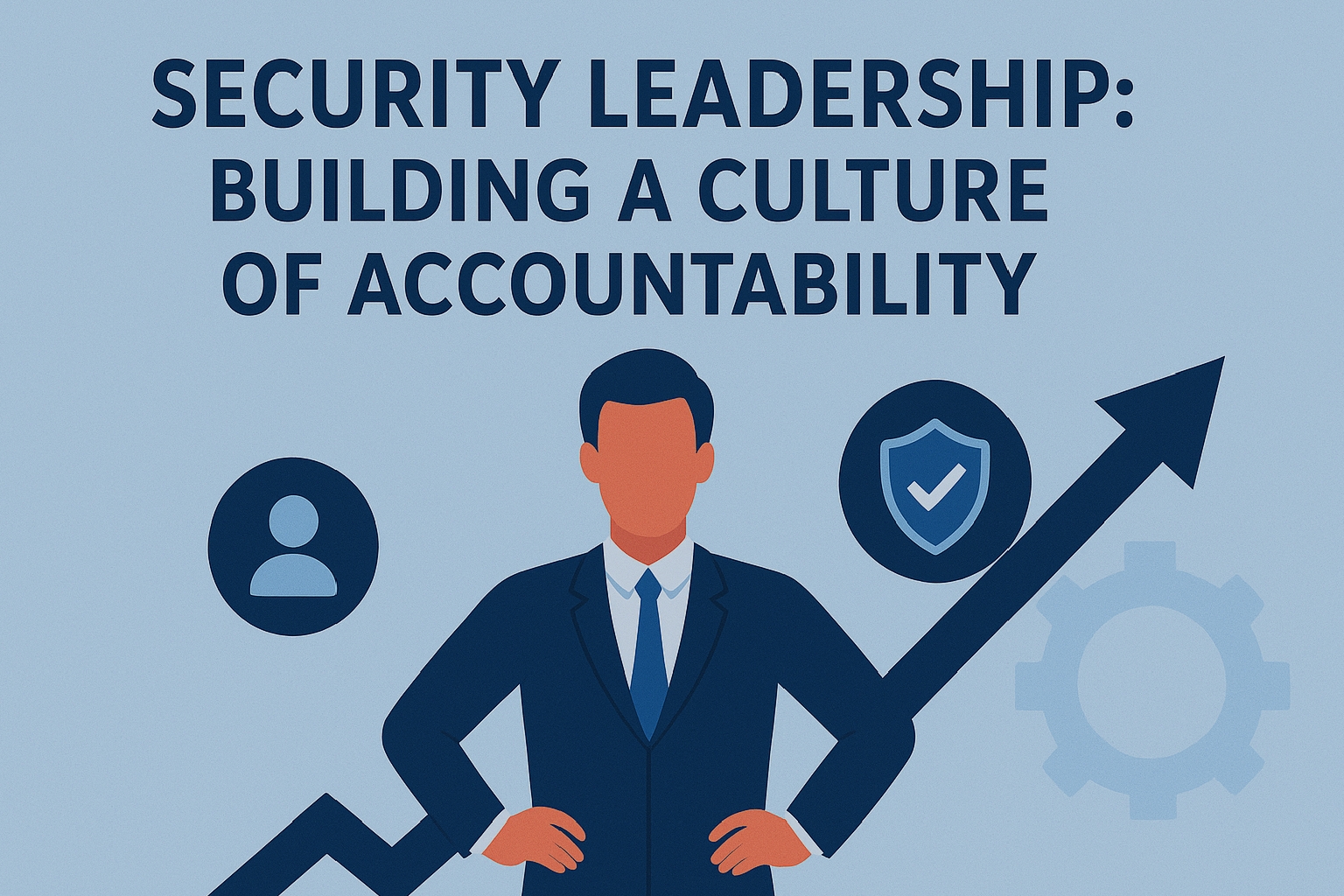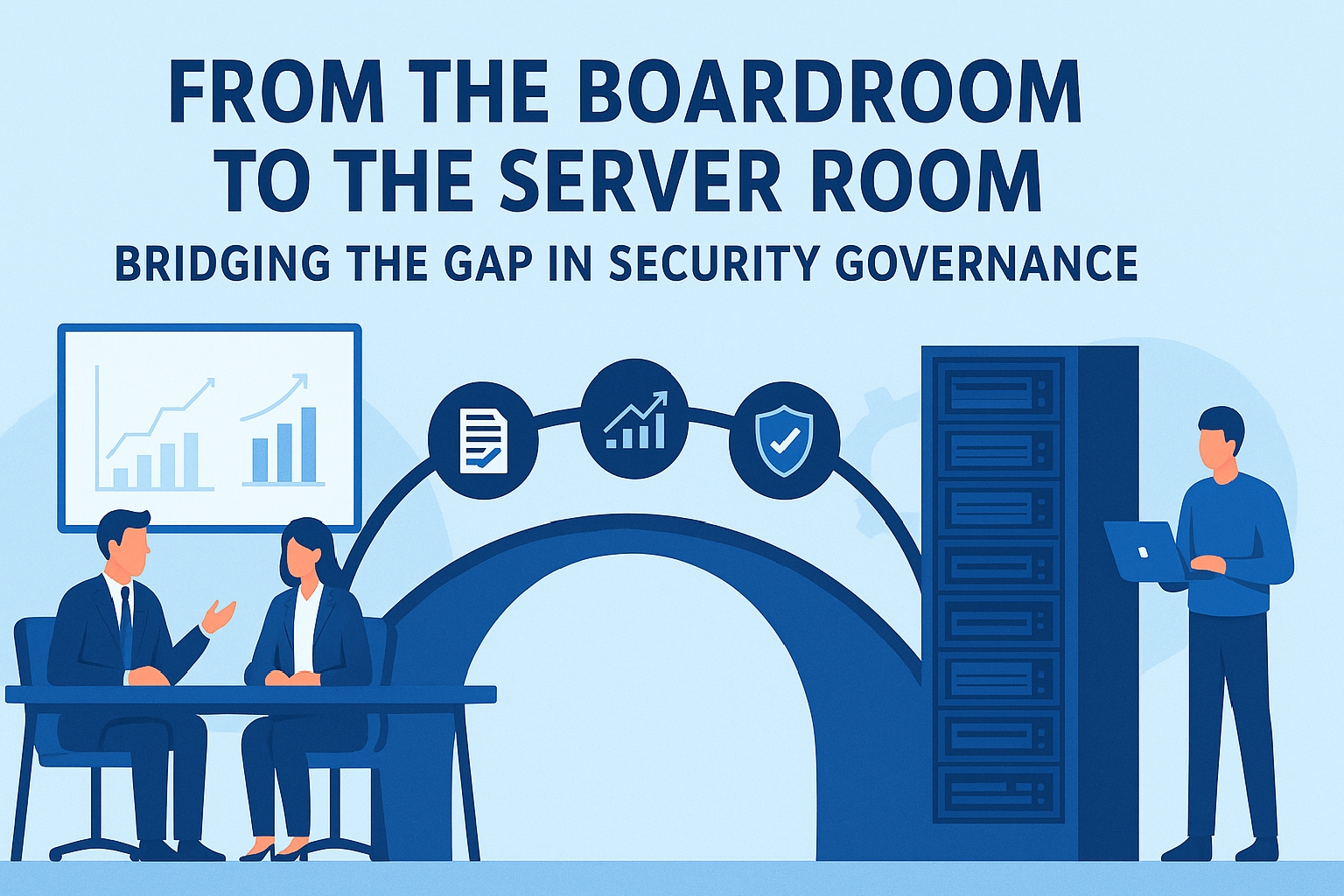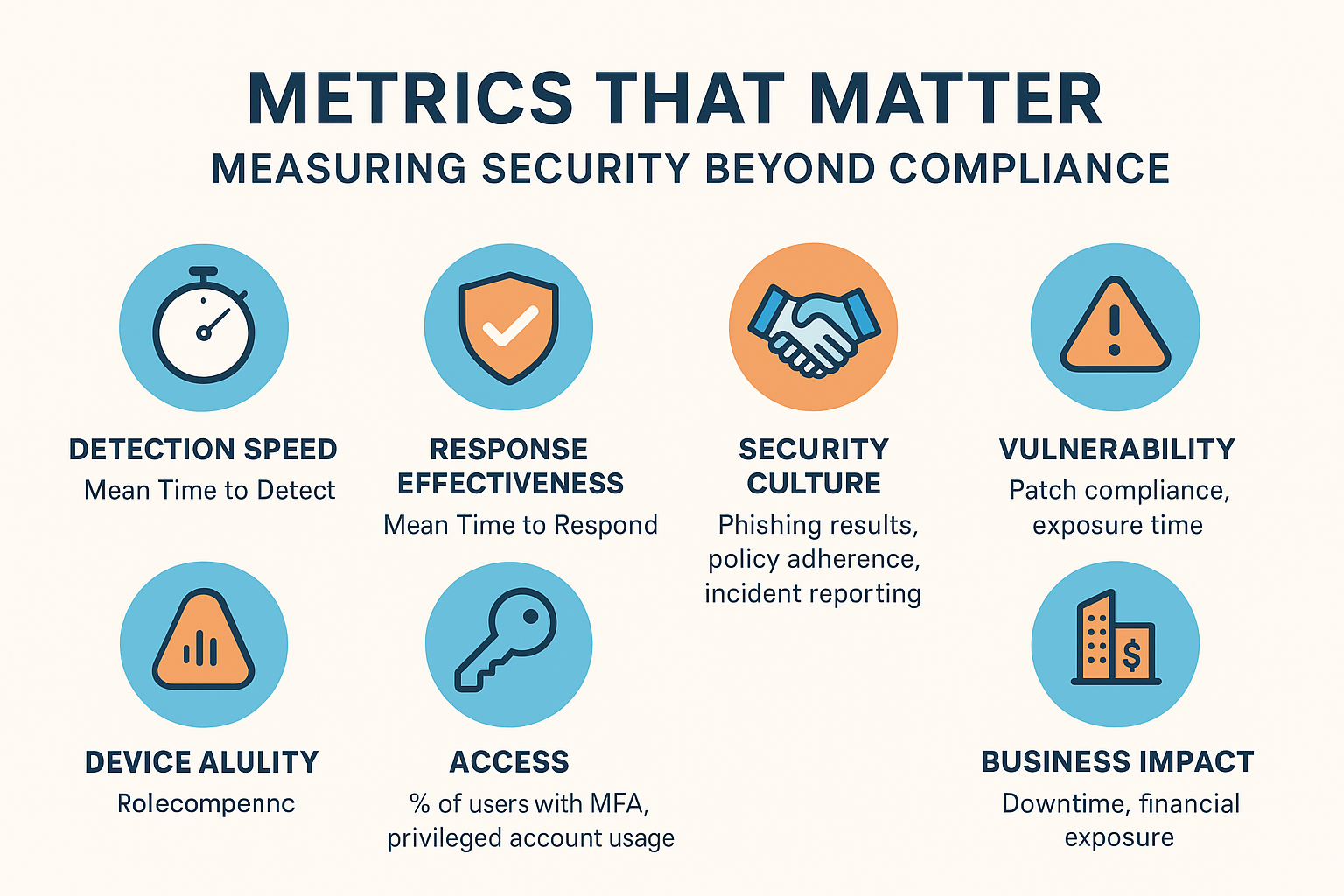
When we talk about security governance, it’s easy to focus on policies, frameworks, and technology. While these are essential, the human element – especially leadership – determines whether security measures truly work. A culture of accountability transforms security from an IT problem into a shared organisational value.
1. Lead by Example
Security culture begins at the top. Leaders must not only enforce rules but also follow them. Employees are far more likely to embrace secure practices when they see executives and managers actively engaging in them.
2. Set Clear Expectations
Ambiguity is the enemy of accountability. Clearly outline what is expected from each role regarding security responsibilities. This includes defining acceptable use, incident reporting procedures, and compliance requirements.
3. Empower, Don’t Punish
Fear-driven security cultures often lead to hidden mistakes. Instead, empower employees to take ownership of security tasks and report incidents without fear of retribution. Mistakes should become learning opportunities, not career threats.
4. Integrate Accountability into Performance Metrics
Accountability should be measurable. Incorporate security-related KPIs into employee evaluations, making it part of professional development rather than an afterthought.
Why Accountability Matters
When accountability is woven into the fabric of the organisation, it shifts the mindset from “security is IT’s job” to “security is everyone’s responsibility.” This approach not only strengthens defence but also fosters resilience in the face of evolving cyber threats.
Final Thought: Security leadership is not about enforcing compliance – it’s about inspiring commitment.

